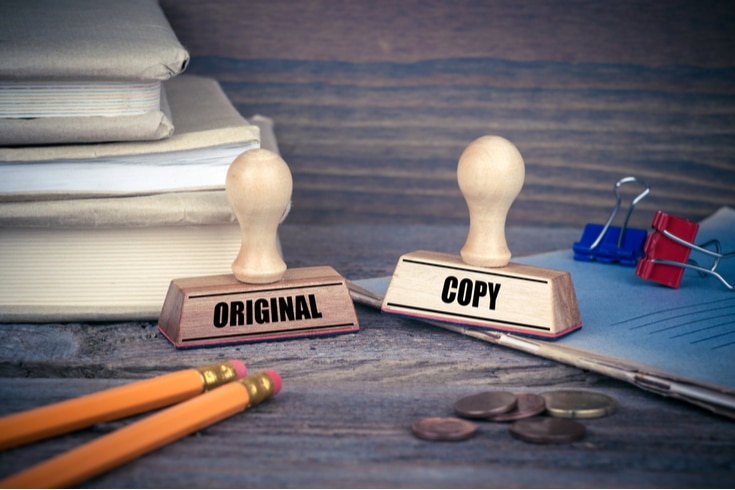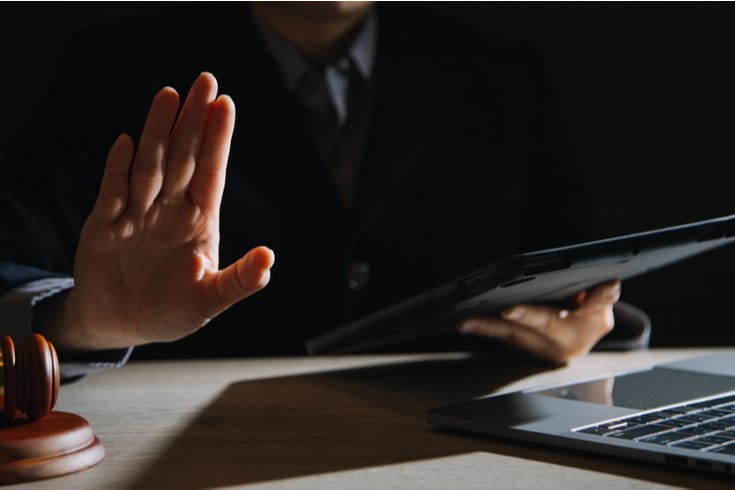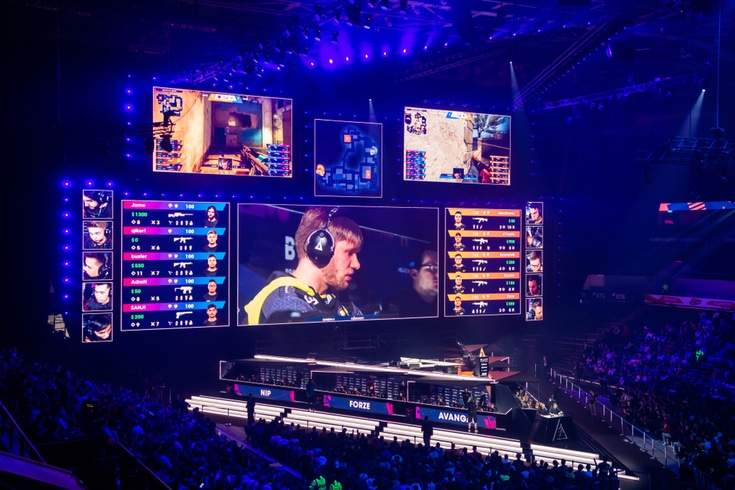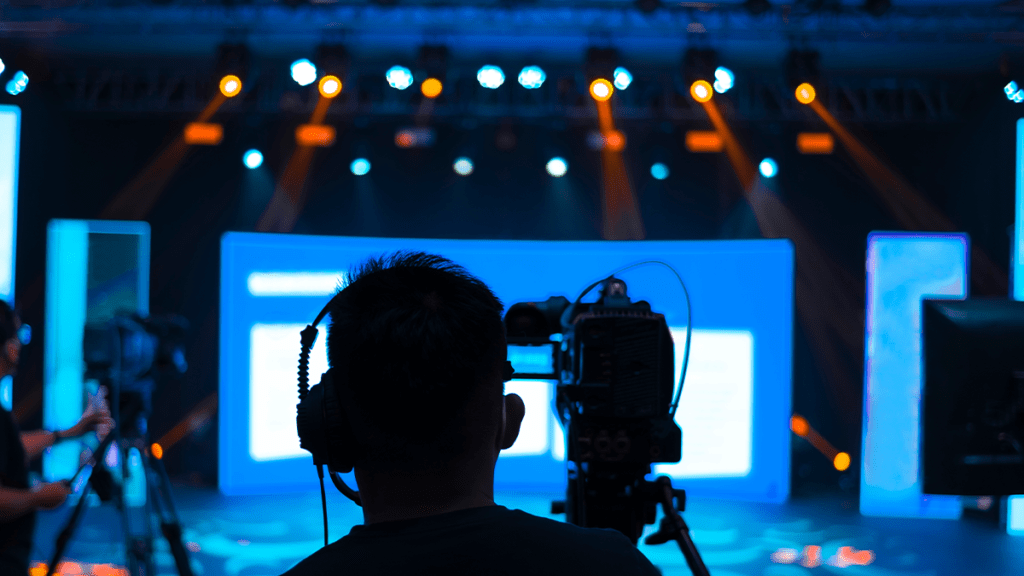Where is the Line for 'Plagiarism' of Music Melodies? Explaining the Case Law of Reproduction and Derivative Works: 'Dokomademoikou Vs. Kinenju Case'

The issue of “plagiarism” of musical melodies is a complex area that stands at the intersection of creativity and copyright. In particular, the notable case of “Dokomademoikou vs. Kinenju” provides a noteworthy precedent in the interpretation of reproduction and derivative works.
In this article, we will explain copyright law and case law from the perspective of when music becomes “plagiarism”. For those interested in creative activities and copyright protection, this theme will hold significant meaning.
What are “Reproduction” and “Derivative Works” in the Japanese Copyright Law?
Reproduction refers to the act of creating a separate item identical to the original, or replicating the original work. In the Japanese Copyright Law, it is stated:
Japanese Copyright Law (Right of Reproduction)
Article 21: The author shall have the exclusive right to reproduce his work.
Therefore, reproducing a work without the author’s permission constitutes an infringement of the right of reproduction. In the case of music, reproduction is often referred to as “plagiarism” or “copying”, and frequently causes controversy.
On the other hand, the Japanese Copyright Law stipulates that an arrangement of a musical work is considered a derivative work. With the author’s permission, it is allowed to create such works.
Japanese Copyright Law Article 27 (Right of Translation, Adaptation, etc.)
The author shall have the exclusive right to translate, arrange, transform, dramatize, cinematize, or otherwise adapt his work.
Using a high-profile court case related to arrangement as an example, I will explain reproduction and derivative works.
“Dokomademoikou vs. Kinenju Case”

This case involves a lawsuit filed by Mr. Asei Kobayashi, the composer of “Dokomademoikou” (1966), and Kanai Music Publishing, the copyright holder of the same song, against Mr. Katsuhisa Hattori, the composer of “Kinenju” (1992). The plaintiffs claimed that “Kinenju” was a reproduction of “Dokomademoikou” and sought damages for infringement of the right to attribution and the right to integrity. On the other hand, the defendant, Mr. Hattori, counterclaimed, asserting that “Kinenju” was a separate piece of music from “Dokomademoikou” and sought confirmation of his moral rights to “Kineju”.
Judgment of the First Instance: Dismissal of the Plaintiff’s Claim

The plaintiffs argued that about 72% of the two songs were identical in sound, and the remaining sounds could coexist on the same harmony. They claimed that the melodies of the two songs were identical because they did not exceed the level that could be instantly varied by arranging techniques.
Furthermore, they argued that “Dokomademoikou” has been widely recognized to the point where no one is unaware of it, as it has been published in numerous arrangements, textbooks, records, CDs, and publications. Therefore, they claimed that it was impossible for the defendant not to know the song, and that “Kinenju” was a reproduction created based on “Dokomademoikou”.
On the other hand, the defendant pointed out parts of the melody and argued that the impact of each part of the melody on the listener is essentially different in the two songs. He also argued that there is no identity in form or harmony, and that “Dokomademoikou” is made up of a series of idiomatic sound patterns common to preceding American songs and Russian folk songs. Therefore, he argued that there is a high possibility that phrases similar to “Dokomademoikou” could be created by chance, even if one does not know “Dokomademoikou”.
In response, the Tokyo District Court stated that when judging the identity of the two songs, the identity of the melody should be considered first, but other elements should also be considered as necessary. The court compared the two songs phrase by phrase to judge their identity, and acknowledged that there are phrases that are substantially similar in part, but it could not be said that the identity of each phrase, including those phrases, is recognized.
“The two songs do not have identity in the melody, which is the most important element in comparison, and although they share the same basic framework in harmony, the specific individual harmonies are different, and the beats are also different. Therefore, without judging the remaining points, it cannot be recognized that “Kinenju” has the same identity as “Dokomademoikou”, and it cannot be said that “Kinenju” is a reproduction of “Dokomademoikou”.
Tokyo District Court, February 18, 2000 Judgment
As a result, the court dismissed the claims of Mr. Kobayashi and others and recognized that Mr. Hattori has moral rights to “Kinenju”.
Mr. Kobayashi and others appealed this decision to the Tokyo High Court.
Judgment of the Appeal: Recognition of the Plaintiff’s Claim
In the appeal, the appellants, Mr. Kobayashi and others, withdrew their claim of infringement of the right of reproduction and argued that “Kinenju” falls under the secondary works defined in Article 2, Paragraph 1, Item 11 of the Copyright Act, claiming infringement of the right of arrangement.
Article 2, Paragraph 1, Item 11 of the Copyright Act
Secondary works refer to works created by translating, arranging, transforming, dramatizing, cinematizing, or otherwise adapting a work.
Then, it is not appropriate to compare each phrase and judge the identity in determining whether it is “arrangement” rather than “reproduction”. The Copyright Act does not specifically define “arrangement” of music, but there is a precedent for “adaptation” of language works, which is positioned in common, as follows:
“Adaptation” refers to the act of creating another work that can directly perceive the essential personalityistics of the expression of an existing work by relying on an existing work, maintaining the identity of its essential personalityistics of expression, and adding modifications, additions, changes, etc. to the specific expression to creatively express new thoughts or emotions.
Supreme Court, June 28, 2001 Judgment
The court, following this, defined “arrangement” as the act of creating another piece of music that can directly perceive the essential personalityistics of the expression of the original song by relying on an existing work, which is a piece of music, maintaining the identity of its essential personalityistics of expression, and adding modifications, additions, changes, etc. to the specific expression to creatively express new thoughts or emotions.
Upon examining the identity of the two songs, the court stated:
“Kinenju” was created by relying on the existing song “Dokomademoikou”, maintaining the identity of its essential personalityistics of expression, and adding modifications, additions, changes, etc. to the specific expression to creatively express new thoughts or emotions. It is a work that allows those who come into contact with it to directly perceive the essential personalityistics of the expression of “Dokomademoikou”. Therefore, the act of the defendant in composing “Kinenju” is nothing other than the arrangement of “Dokomademoikou” under the Copyright Act, and in this case, where it is clear that the defendant did so without the permission of the appellant Kanai Music Publishing, who has the right of arrangement, the defendant’s act infringes on the appellant’s right of arrangement.
Tokyo High Court, September 6, 2002 Judgment
The court recognized that “Kinenju” is a secondary work of “Dokomademoikou” and that Mr. Hattori infringed on the rights of the original copyright holder, who has the same type of rights as the secondary copyright holder.
The court also ruled that Mr. Hattori’s act of composing “Kinenju”, which altered “Dokomademoikou” against Mr. Kobayashi’s will, constituted an infringement of the right to integrity, and that his act of publishing “Kinenju” as his own work, not a secondary work, constituted an infringement of the right to attribution. The court ordered Mr. Hattori to pay Mr. Kobayashi a total of 6 million yen in damages, including 5 million yen for emotional distress and 1 million yen for attorney’s fees, and to pay Kanai Music Publishing 3,394,120 yen in damages.
Mr. Hattori appealed this decision to the Supreme Court, but the appeal was dismissed (March 11, 2003), and the judgment became final.
Conclusion: Consult a Lawyer About Copyright Issues (plagiarism)
In creative work, special care is needed when there is an original work that serves as a basis. Not only simple copyright infringement, but also whether the work is a “derivative work” becomes an important issue. This involves the degree of modification or arrangement of the original work. The boundary line is very subtle, and often requires verification from a professional perspective to avoid legal risks. For businesses, we strongly recommend receiving a legal check by a lawyer as part of risk management.
Our Firm’s Approach
Monolith Law Office is a legal practice with high expertise in both IT, particularly the internet, and law. Issues related to copyright require highly specialized judgment. Our firm handles the creation and review of contracts for a variety of cases, from Tokyo Stock Exchange-listed companies to venture businesses.
Category: Internet





















